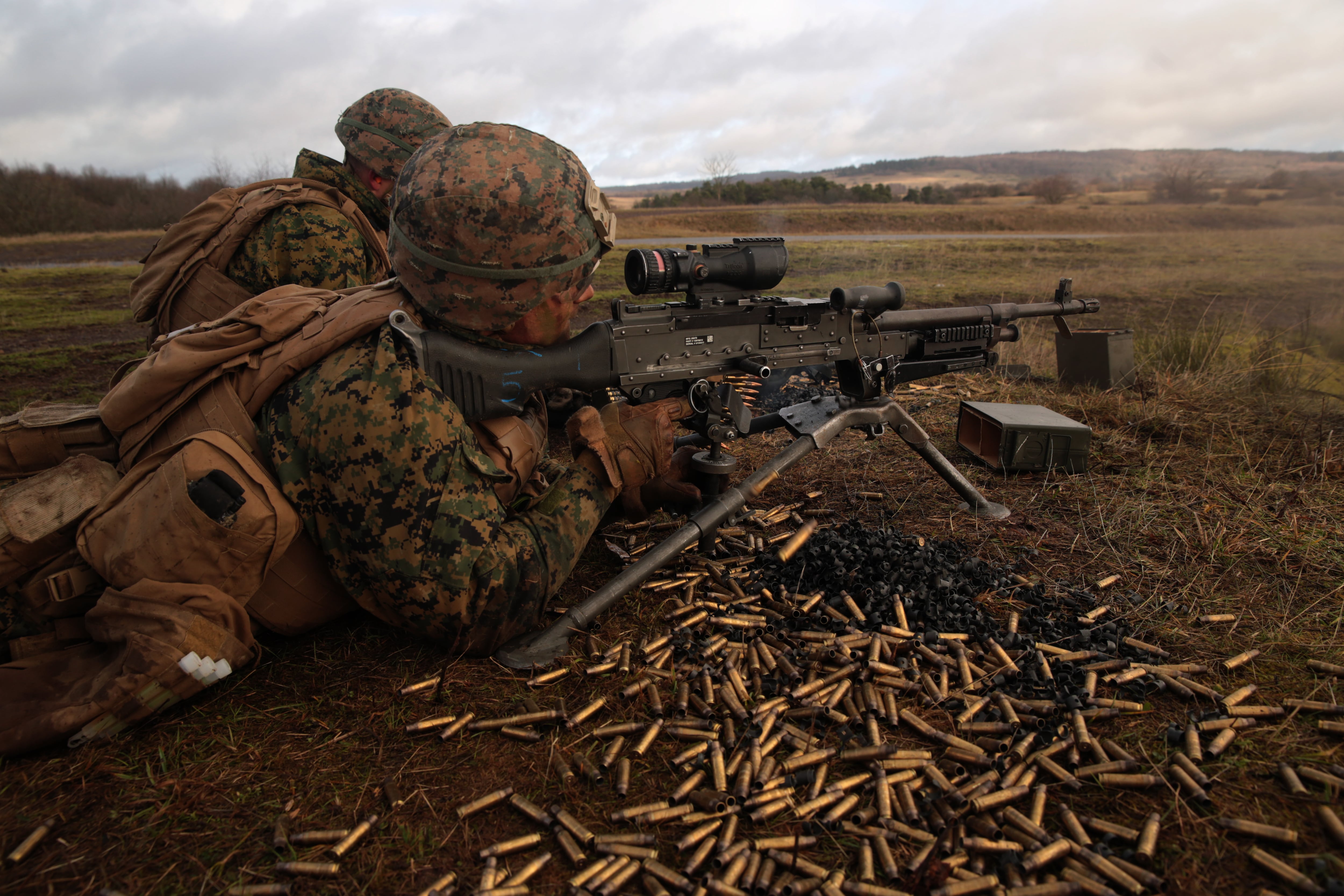A co-founder of a task force focused on radically improving close combat across military services said the initiative may be headed toward irrelevance outside of a small sector of the Army.
Secretary of Defense Mark Esper told an audience at Johns Hopkins University today that the Close Combat Lethality Task Force, launched in 2018 under his predecessor Secretary of Defense James Mattis, would likely move to the Army.
“What we’re probably going to do is transition that to the Army because something like that needs a strong foundation, a backbone on which its ideas can then filter out,” Esper said.
RELATED

Esper is a former Army infantry officer and with the 101st Airborne Division during the Persian Gulf War and later commanded a rifle company. He also previously served as Army secretary.
But retired Army Maj. Gen. Robert Scales told Army Times Monday that the move was a “bad idea” that could spell the end of the effort.
“It’s just so shortsighted, and it reflects a lack of understanding about what the task force was formed to do by Secretary Mattis,” Scales said. “I am deeply, deeply saddened by this.”
Public affairs representatives for Esper did not immediately respond for a request for comment.
“The Army is conducting additional analysis before any further decisions are made,” Army Lt. Col. Driece M. Harris, a spokeswoman for Army Secretary Ryan McCarthy, said in an email to Army Times.
Close Combat Lethality Task Force Chief of Staff Kimberly Bender told Army Times that prior to any official decision regarding realignment, the task force had nothing to add to the secretary’s comment.
Esper did not share details of how the move would occur or when. The remarks were a response to an audience question about the status of the task force.
He did signal his personal support for the initiative, however.
“It’s a task force that’s near at heart as a former infantryman,” he said. “It’s something I want to preserve.”
In his brief comments, he partially supported the decision, saying that the Army provides the largest share of infantry and special operators to the joint force.
He said having the Army lead the effort would allow it to more quickly get task force “ideas and innovations” onto the field. And that would mean continued investment and advancements in tactics, technology and protective equipment but also in the individuals recruited and trained for those jobs.
When the Close Combat Lethality Task Force was announced publicly in early 2018, advocates saw it as a long-overdue step to pull together Army and Marine infantry, scouts, engineers and special operations forces.
As numerous leaders have echoed when discussing the task force, the close combat force historically accounts for 90 percent of the nation’s casualties in war. Mattis’ backing helped to prioritize money to provide the best weapons, protective gear and niche solutions that the close combat force needed to do its job.
And while it gained some quick, early wins in hardware, the biggest challenges were just being tackled: changing the culture of the services in how they build, grow and retain lethal squads and teams of Marines, soldiers and special operators, Scales said.
That work dove into the force structure and manpower of the forces. Early data showed that major changes might be needed, which include looking for older squad leaders and making infantry a second-enlistment only option.
Keeping squad leaders with squads and eliminating non-combat related tasks such as gate guard, lifeguard or gym duties often used to fulfill base commanders needs, clearing away more time for training and proficiency.
But Scales scoffed at the idea that a joint service task force answering directly to the defense secretary would be as effective when shuttled to “an obscure brigadier general at Fort Benning.”
The Soldier Lethality CFT is headed by a one-star but has mostly focused on gear development such as the Next Generation Squad Weapon program, Integrated Visual Augmentation System and new night vision goggles.
The retired two-star doubted that an Army-led effort could have any impact on manning and training overhauls for close combat forces in other services.
Scales worked with Mattis to create the task force after the two had collaborated more than a decade ago on a similar effort that failed to endure when Mattis changed commands and later retired from the Marine Corps.
But the idea of carving out exceptions for the close combat force gained new life when Mattis was appointed to lead the Pentagon.
Until October, the task force was headed by retired Marine infantry officer Joseph L ’Etoile but he returned to a private industry post at that time. The former deputy director, Army Col. John Cochran, has served as acting director since November.
Cochran has an aviation and acquisitions background with the Army.
Todd South has written about crime, courts, government and the military for multiple publications since 2004 and was named a 2014 Pulitzer finalist for a co-written project on witness intimidation. Todd is a Marine veteran of the Iraq War.




